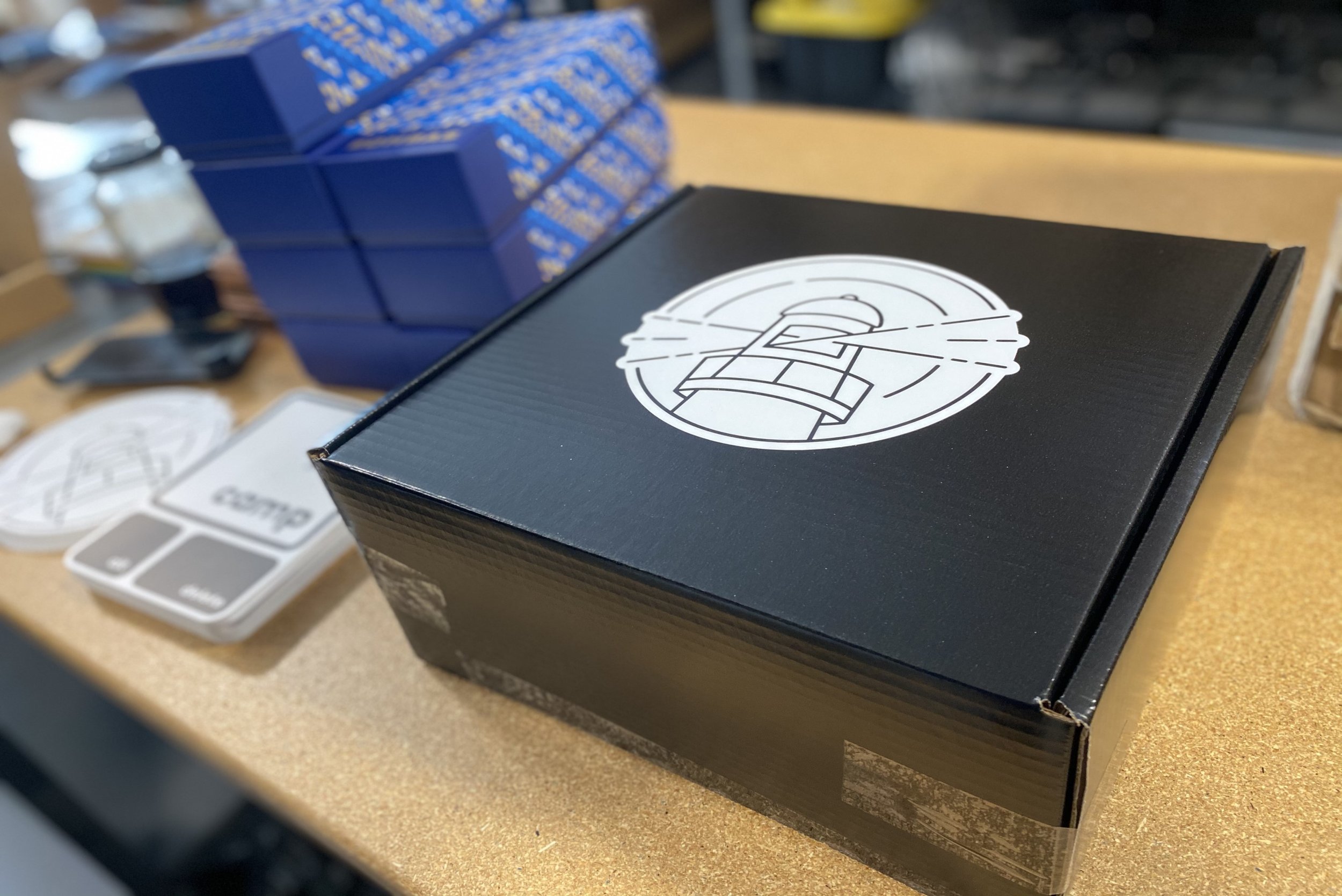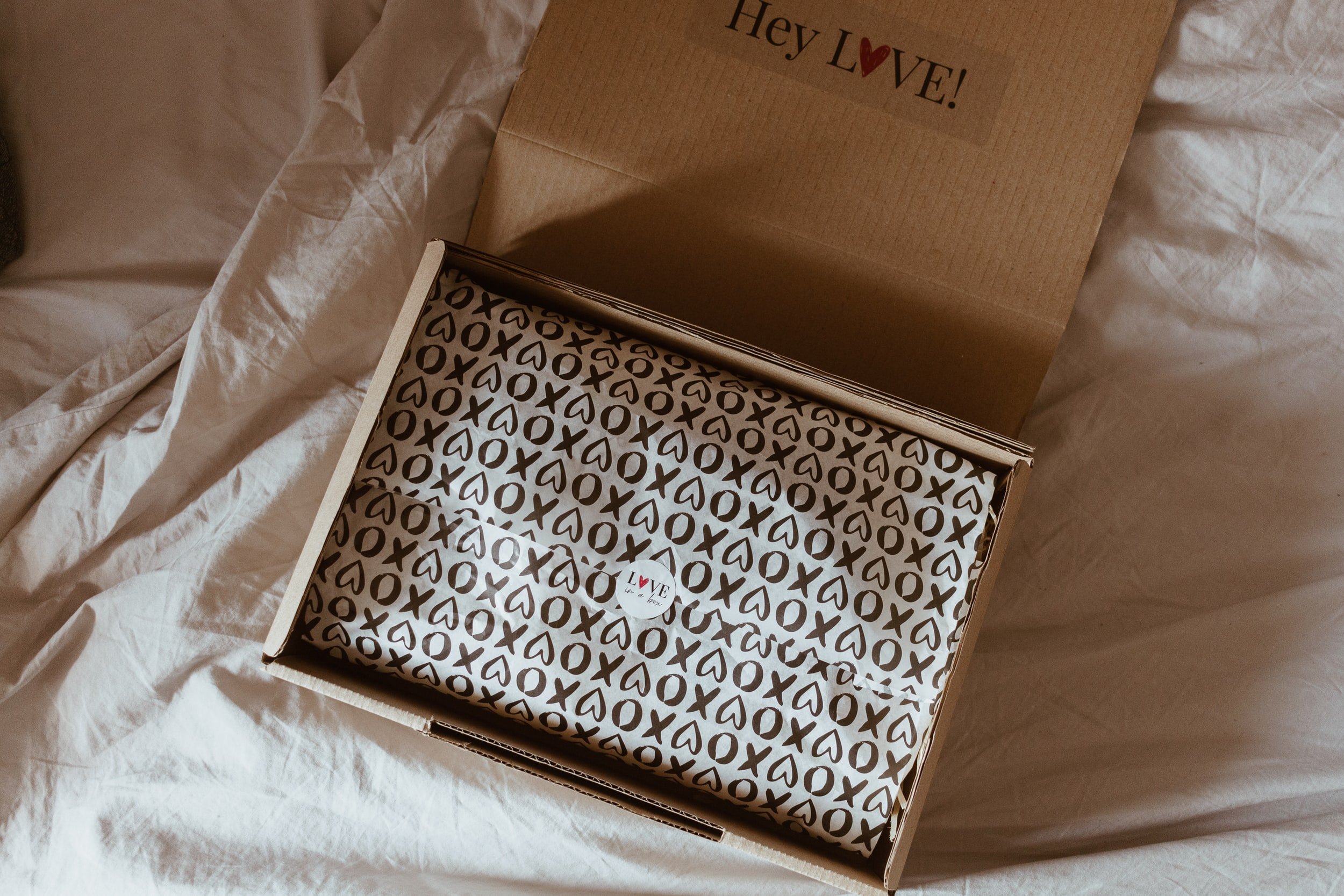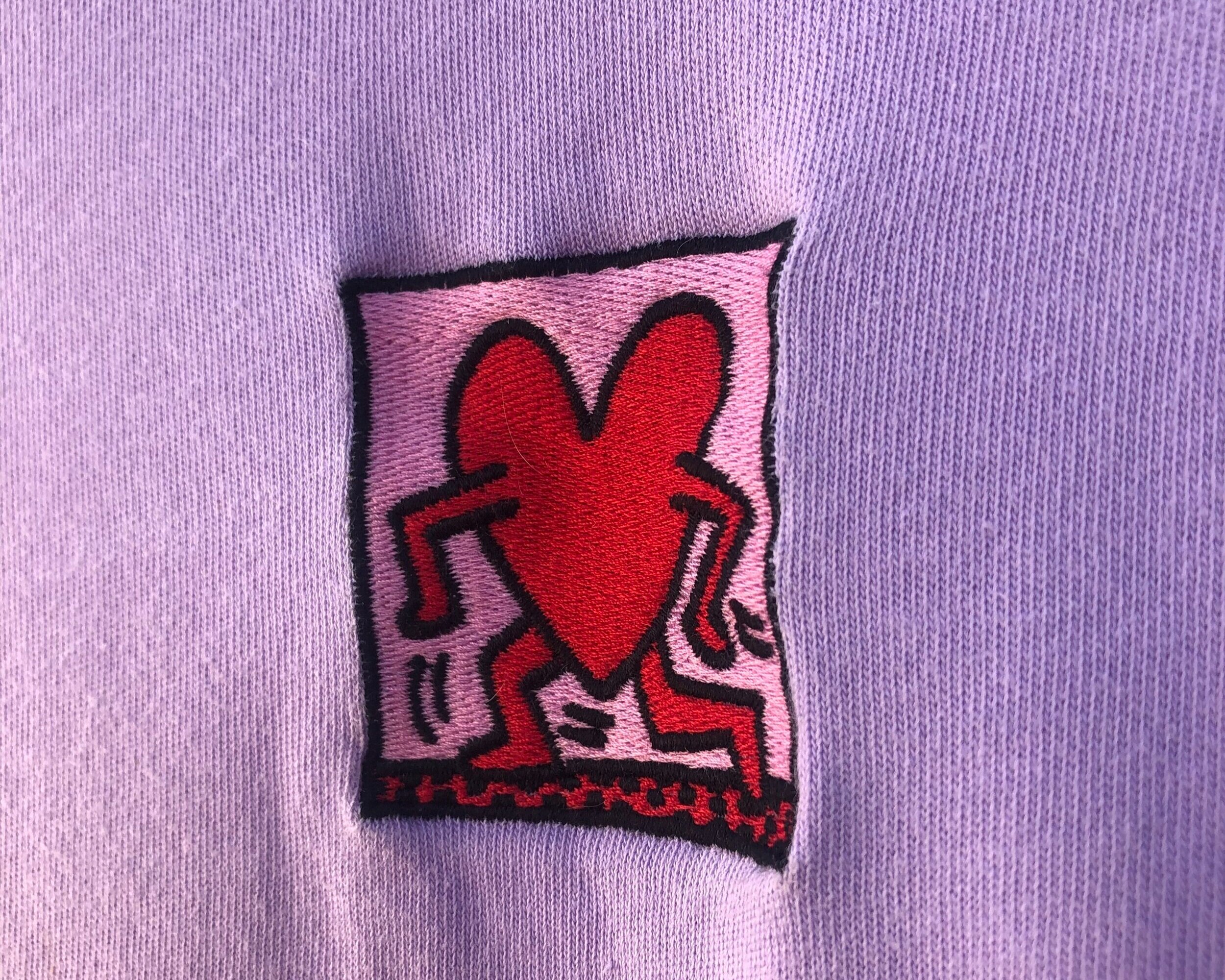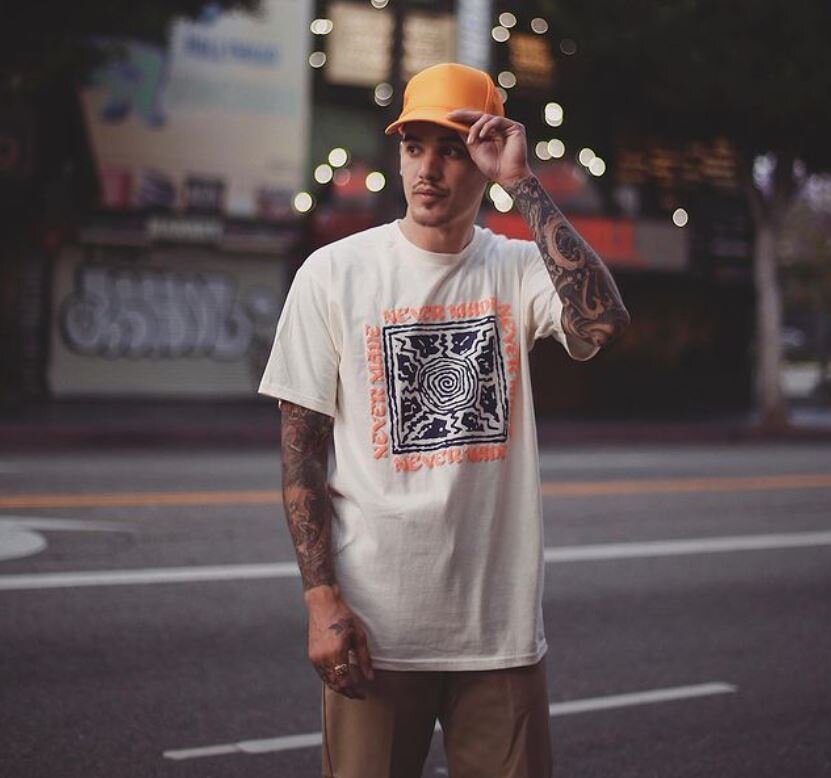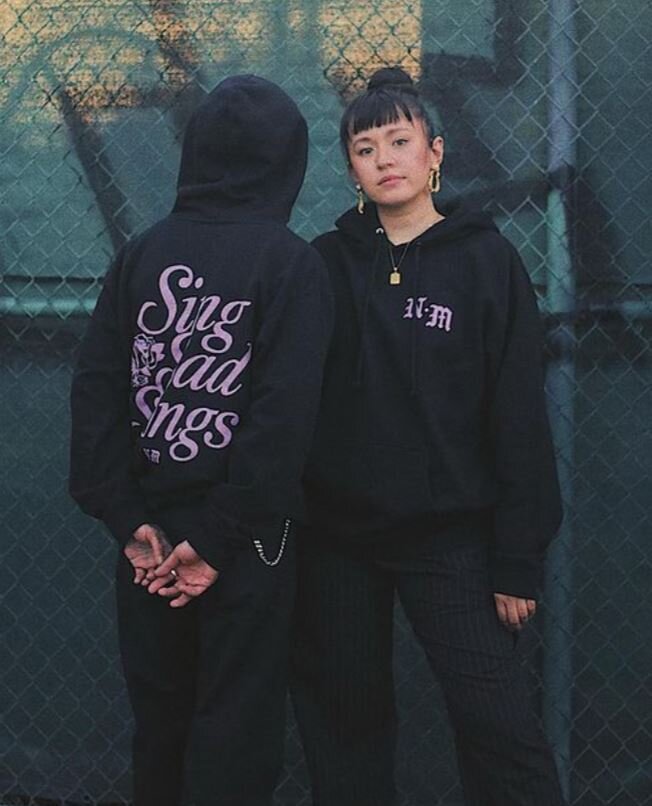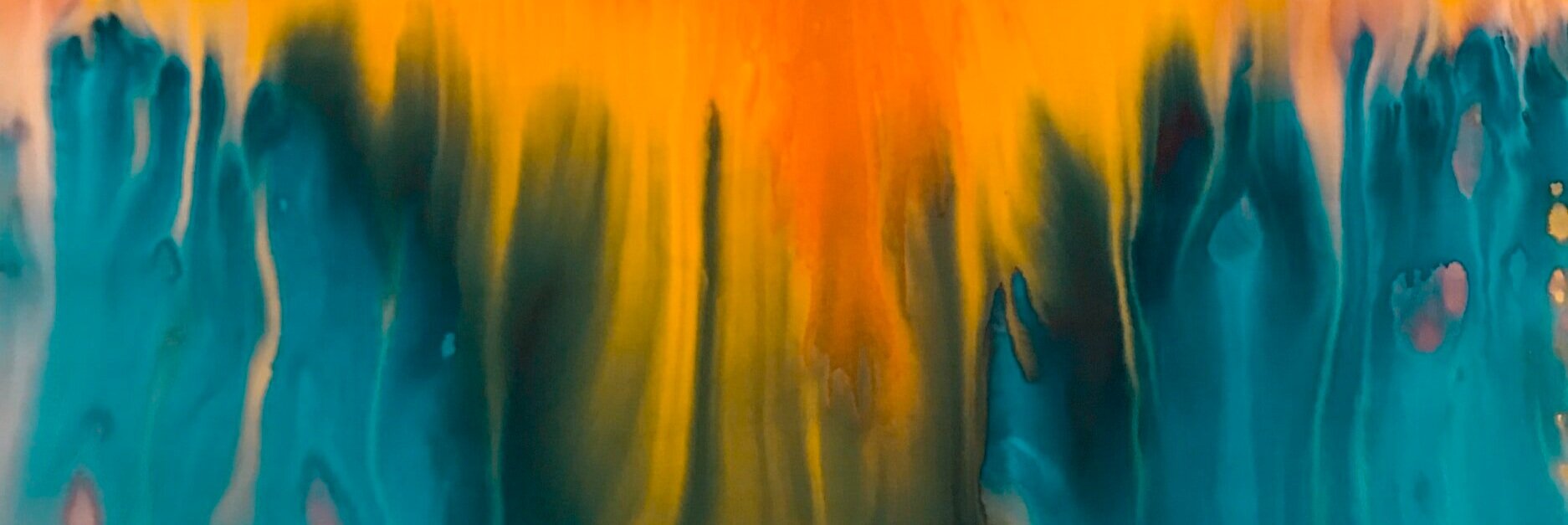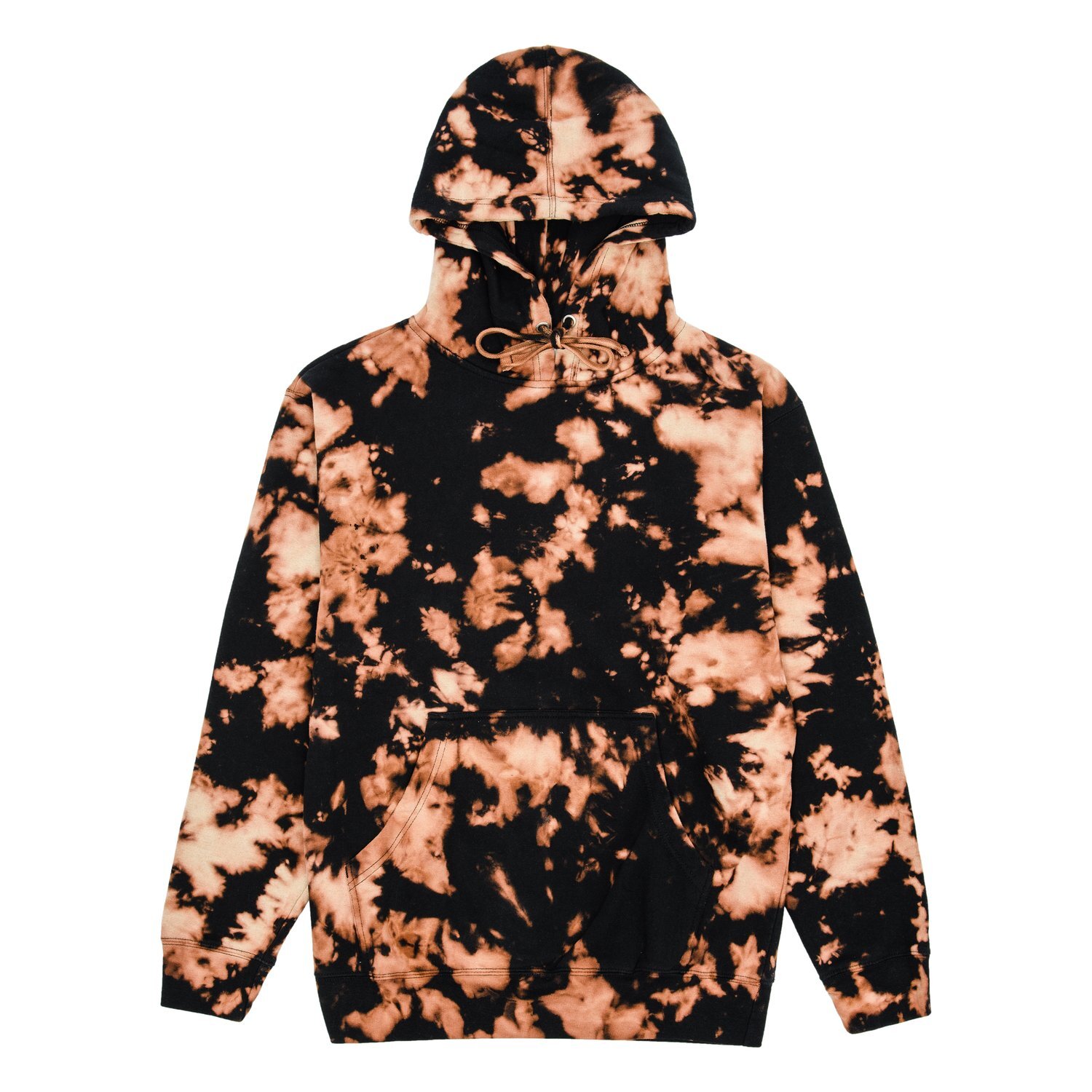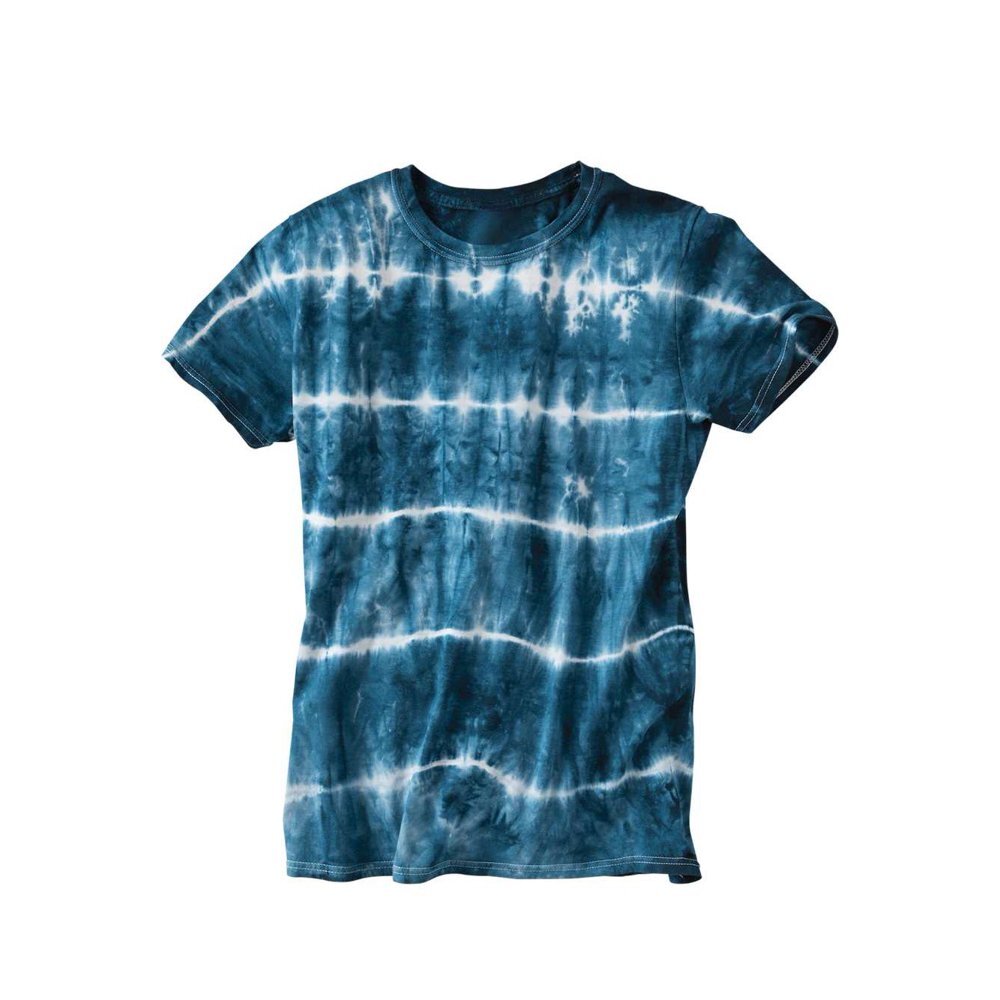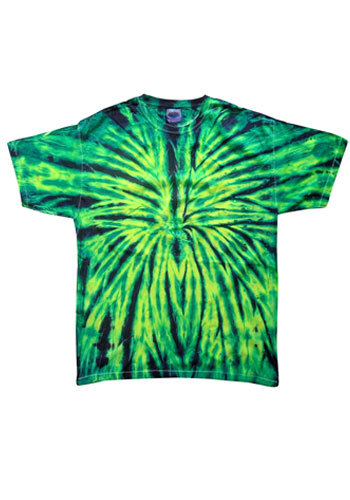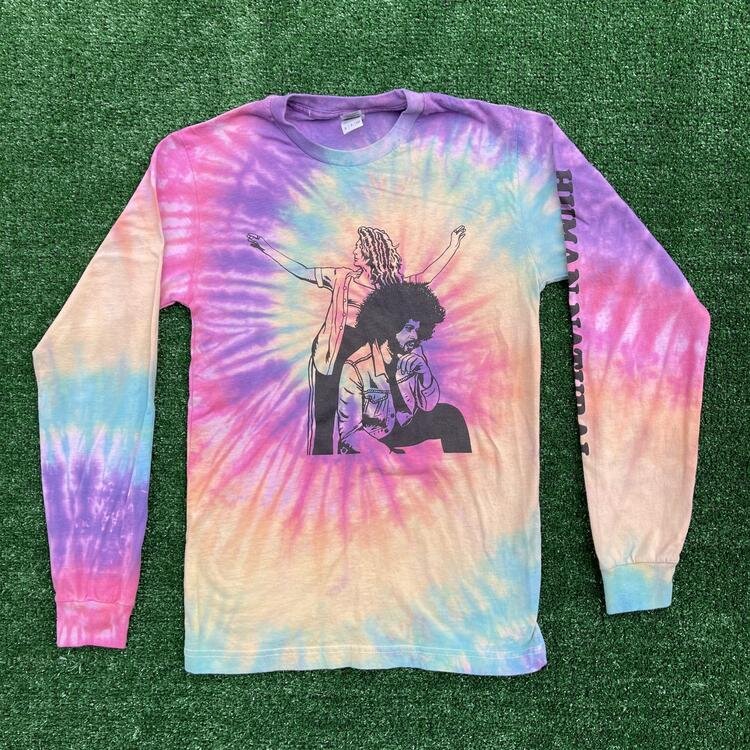Increasing sales growth via quality packaging is quickly becoming a priority for many businesses big and small, however, it is true that this is more important for smaller brands that are trying to accelerate brand recognition by using attractive custom packaging. More and more, we see our clients invest in custom boxes, packaging sleeves, custom labels, and even personalized inserts to elevate their customer’s experiences.
Surveys and studies will tell you one thing — branded packaging brings big value for your business. But just to give you an idea:
72% of American consumers say that packaging design influences their purchasing decision. (Ipsos)
71% of American consumers say they are more likely to buy products in paper or cardboard packaging. (Ipsos)
60% of online shoppers say that branded or gift-like packaging gets them excited about receiving the package. (Dotcom Distribution)
50% of online shoppers say they are more likely to recommend products to friends if they came in branded or gift-like packaging. (Dotcom Distribution)
According to a study by Statista, a leading provider of market and consumer data, e-commerce growth is projected to hit a whopping 6.54 trillion US dollars in 2022. With the market growing, we can expect more brands to further saturate different industries; and with that, there will be a pressing need for you to stand out from the rest.
This where branded packaging comes into play, and here are effective ways small businesses are making sure they stay on top of their packaging game.
Customize Your Design With Your Brand in Mind
Branded packaging encourages the customer to remember you after their purchase. Well-planned and executed packaging design can turn first-time buyers into repeat customers, and if your packaging design resonates with them, they will become your brand advocates, too.
Taking your product packaging to the next level does not mean you need to have custom shipping boxes. There are factors to consider, such as your product itself not needing it, or your price point now allowing the increase in cost.
Don’t worry - you can make small and meaningful investments into upgrading your product packaging.
Read more about How Can Branding Costs Be Capitalized
Custom Packing Tape
By far the most budget friendly option, the personalized packing tape option is the best option for growing businesses. Besides being a cost-effective way to customize your packages, it can also be an opportunity to include a discount code or more information about your brand as well as advertise any additional items available in your shop.
Custom Packing Labels
Packing labels are usually applied to a simple box where the product is stored. These custom box labels are great to display your branding such as logo, colors, and tag lines or your social media handles. It’s another easy and affordable way to personalize your packaging.
Pro Tip: Hire a product packaging designer
Custom Packing Sleeves
Packing sleeves are often used on small items that are packaged in small boxes where a sleeve can be placed. Besides the visual component, your branded packaging design should be functional. After all, it will hold your product securely in place during transit.
Custom Tissue Paper
Customized tissue or packing paper is primarily used for apparel, however, it does not have to be! This option is again another way to keep your branding costs down. Tissue paper with your brand on it can be printed by your local merch printer or screen printer, or if you’re looking for a more DIY option, you can purchase a stamp of your logo and stamp the paper as you go!
Custom Packing Inserts
Packing inserts compared to the top suggestions may cost a bit more depending on the type of paper (you will want to use a thick card) and the type of print such as gloss or matt. Insert cards give you a little more flexibility as to how much information about the brand you can include due to the size (assuming your box is big enough to fit an 4x6 card).
Adding a discount card can make for a wonderful surprise treat and are a great way to encourage repeat sales.
You can also add thank you notes and other personalized messages that allow them to inform, engage, and ultimately, build a relationship with their clients.
Author: Irene Floridia - Content Creator
Do you have more questions about packaging design and printing?
send us an e-mail at quotes@familyindustriesla.com, or give us a call at 323.227.1547 and we'd be happy to help.
Our showroom at 2755 Fruitdale Street, Los Angeles, CA 90039 is open by appointment only from 10 am - 4 pm Monday through Friday.
Follow us on Instagram and Facebook
For FAQ, check out our site!
For any inquiries, send us a message!
OR
send us an e-mail at quotes@familyindustriesla.com



